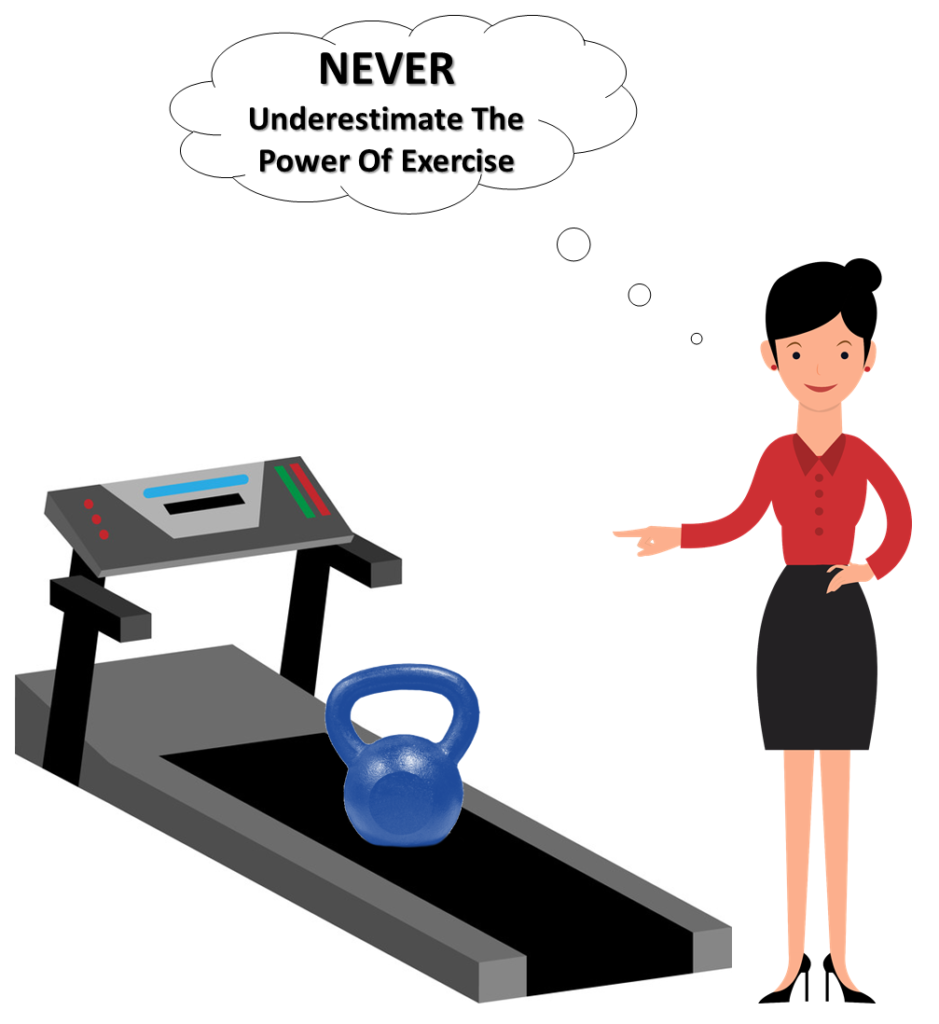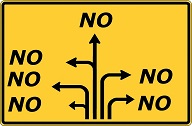We all have a busy schedule. The trick is to learn how to get more done and still stay healthy. Here are some top tips.
1. Use a timer
I use a timer for everything in my house. I’ll set the timer for 25 minutes of work, a 5 minute break, then another 25 minutes. I do the 25 minutes 3 times and then give myself a 30 minute break. Then I repeat throughout the day. I try to work 9 to 5 so I don’t get burned out.
2. Wear comfortable shoes
They give good support to help keep you going throughout the day. Give up the high heels and if you are working from home, don’t loll around barefoot.
3. Avoid letting chores pile up for weekends
You deserve some time off with friends and family. There’s no sense in letting laundry, shopping and so on ruin your day off. Get them done during the week. As soon as your machine is full, or your hamper, do the wash. Shop during off times at the supermarket to cut down on crowd and queues.
4. Outsource as needed
You can’t do it all yourself. Outsource a task to someone on fiverr if you can’t do it yourself, you take a long time to do it, or it does not add significantly to your income.
5. Master Make and Freeze Cooking
This method of cooking save time, money and effort. It ensures you will always have something healthy to eat as well, if you choose your recipes wisely. Cook a meal,and freeze the leftovers. Cook one day, and you could have a month’s worth of recipes depending on the size of your family. Not everything freezes well, though, so be sure to get some good books on the subject. Check out the Make and Freeze Spotlight for some suggestions.
6. Work 10,000 steps into your day
This should be pretty easy. Get a pedometer. It will track you throughout the day.
7. Have an Accountability partner
If you set a weight loss goal, for example, have someone like your doctor hold you accountable. It’s one of the main reasons Weight Watchers works.
Try these time saving and fitness tips and see what a difference they make to your health and productivity.




